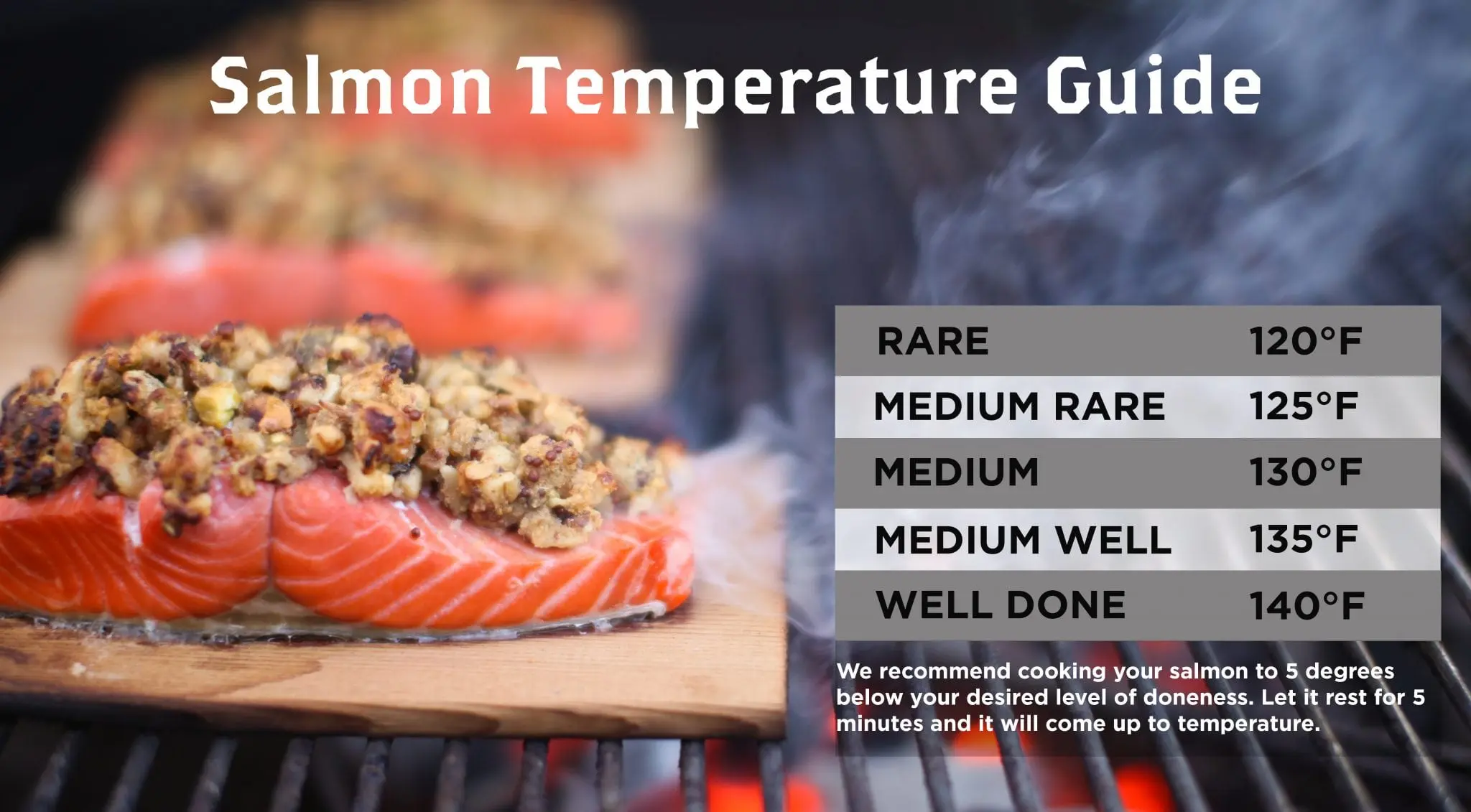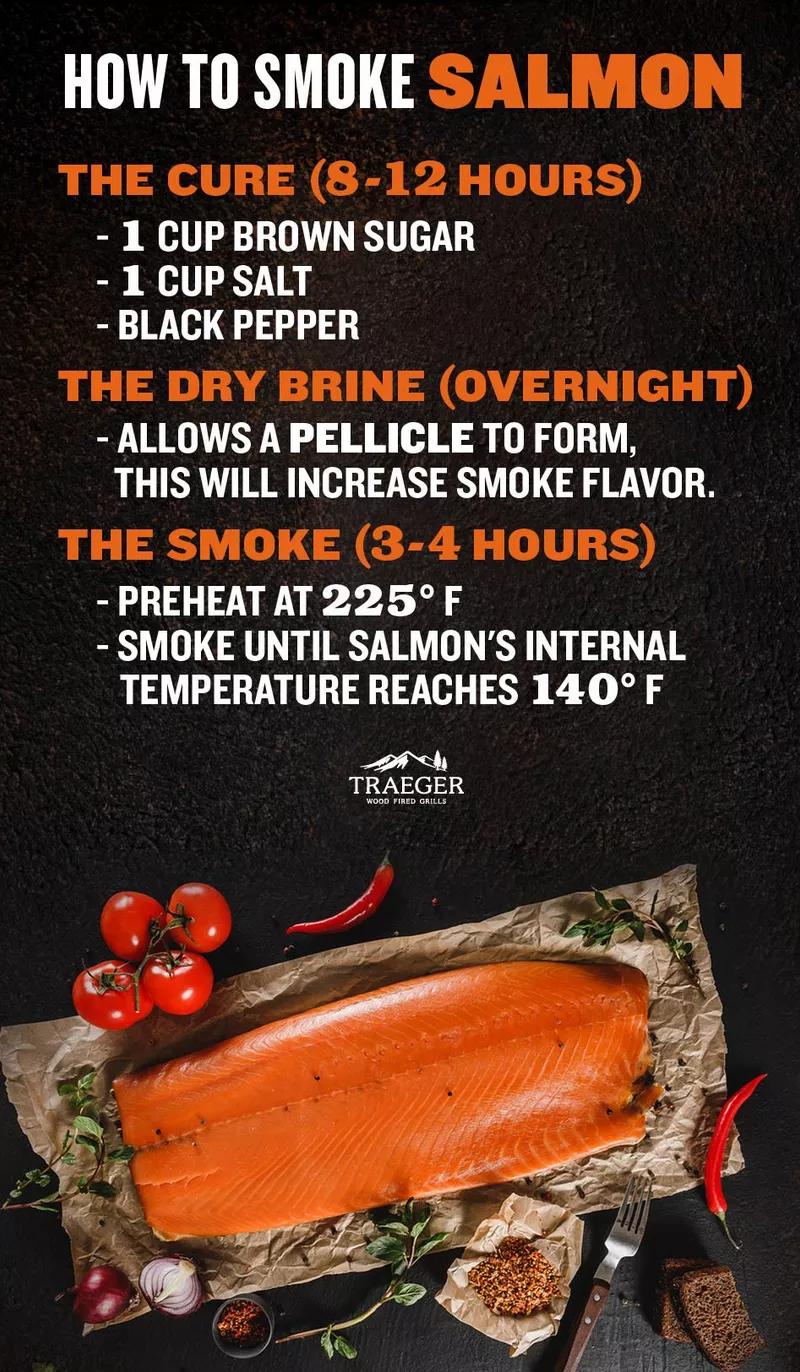When it comes to enjoying smoked salmon, proper storage and temperature control are essential to ensure its safety and quality. Commercial smoked fish undergo specific processes to reach the desired flavor and texture. However, after the smoking process, it is crucial to store the smoked salmon correctly to prevent any risk of foodborne illnesses. This article will provide valuable insights into the recommended temperature for storing smoked salmon and the importance of water phase salt testing.

Why is Proper Storage Important for Smoked Salmon?
Proper storage of smoked salmon is vital to maintain its freshness and prevent microbial growth that can lead to foodborne illnesses. Refrigeration or freezing is commonly used to keep smoked fish safe. However, when air packaging is used, the water activity of the fish becomes significant.
One key factor to consider is the temperature at which smoked fish should be stored. The recommended temperature for smoked fish, including salmon, is 38 degrees Fahrenheit (3 degrees Celsius). Immediately after the smoking or thermal process, the fish should be cooled to 38°F or lower. This temperature must be maintained throughout the distribution system, including transportation, warehousing, and retail display cases.
If the smoked fish is frozen, it should remain frozen throughout the distribution system to ensure its safety and quality. It is crucial for a responsible party to monitor and record accurate temperature readings at each stage of the distribution process.
The Role of Water Phase Salt
Water phase salt is a critical element in smoked fish, as it affects both preservation and microbial growth. Salt acts as a chemical preservative and also binds water, inhibiting the growth of harmful bacteria.
Testing for water phase salt is an essential part of ensuring the safety and quality of smoked fish. Samples used for testing must be taken from the loin of the fish. In Michigan, the regulation requires that the water phase salt be greater than 0 when using an official test. Third-party testing for water phase salt typically costs around $50 per sample.
It is essential for processors to conduct regular and frequent testing to meet regulatory requirements. Commercial channels offer instruments specifically designed for testing water phase salt. If requested by the regulator, processors may be required to complete additional testing.
Can smoked salmon be stored at room temperature?
No, it is not safe to store smoked salmon at room temperature. Smoked salmon should be refrigerated at 38°F or lower to prevent microbial growth and ensure its safety.
How long can smoked salmon be stored in the refrigerator?
When properly stored in the refrigerator at 38°F or lower, smoked salmon can typically be safely consumed within 3-4 days. However, always check for any signs of spoilage, such as an off odor or sliminess, before consuming.
Can I freeze smoked salmon?
Yes, smoked salmon can be frozen to extend its shelf life. Ensure that the fish is properly wrapped or packaged to prevent freezer burn. When ready to consume, thaw the frozen smoked salmon in the refrigerator before serving.
In Conclusion
Proper storage and temperature control are crucial for ensuring the safety and quality of smoked salmon. Storing smoked fish at 38°F or lower throughout the distribution system is essential to prevent microbial growth and maintain its freshness. Additionally, water phase salt testing plays a vital role in preserving smoked fish and inhibiting the growth of harmful bacteria. By following these guidelines, you can enjoy delicious and safe smoked salmon.
If you want to know other articles similar to Optimal storage temperature for smoked salmon: ensuring safety and quality you can visit the Storage category.


Related Articles